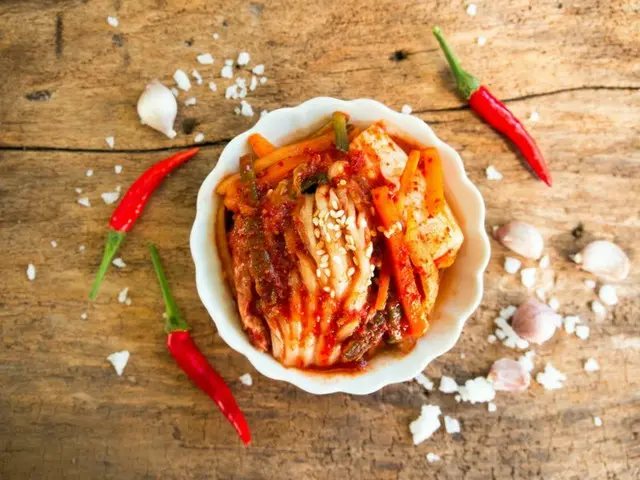This is the result of a large drop in production. Prices of Chinese cabbage and radish have not fallen ahead of the kimchi-making season, placing a heavy financial burden on consumers.
According to the Korea Agro-Fisheries and Food Trade Corporation (aT) on the 19th, the retail price of one head of Chinese cabbage as of the 13th was 80
The price of Chinese cabbage was 7,561 won (about 811 yen) on the 27th of last month, when the South Korean government announced its price stabilization measures for products in the mid-autumn celebration season.
The price of one radish on the same day was 3,681 won (about 395 yen), up 59.1% from a year ago.
This is considerably higher than the target price level set by the South Korean government.
The authorities in charge of managing the market had set target prices for Chinese cabbage and radish at 5,734 won (US$5.50) and 2,366 won (US$2.50) per unit, respectively, during the mid-autumn celebration period.
Despite the government's seasonal product measures, the prices of Chinese cabbage and radish have actually gone up. The government announced on the 27th of last month that it would sell Chinese cabbage for three weeks in the run up to the mid-autumn celebration.
The company had already announced that it would increase its supply of greens and radishes to 12,000 tons. This is 2.9 times and 1.8 times more than usual.
The reason for the sharp rise in cabbage prices is that the area cultivated for cabbage this summer has decreased, and the price of cabbage has decreased due to the effects of extreme heat and drought.
This is due to a decline in production. The Rural Economic Research Institute has analyzed that the cultivation area for summer cabbage is down 6.2% from a year ago, and production will fall 7.2%. The cultivation area for summer radishes is also down 3.2%, which is
A source from the Ministry of Agriculture, Food and Rural Affairs said, "We have supplied all of the government's stockpile, but the amount of cabbage produced this summer is low, and the amount of cabbage supplied to the market by the private sector is low.
The problem is that prices will inevitably rise in the future. The Korea Agricultural Research Institute announced that the shipment of Chinese cabbage from September to October was
The government is forecasting that the number of Chinese cabbages in the fall will decrease by 2% and 3.3%, respectively, compared to the previous year. Autumn cabbage will start to appear in mid-October, but there will be a shortage of summer cabbage to be supplied by then.
The amount of cabbage cultivated in the fall has already been released during the preparation period for the mid-autumn celebration season. The outlook for the fall cabbage harvest is also bleak. The Korea Agricultural Research Institute has announced that the area cultivated with cabbage this fall is 1.2 times larger than that of last year.
The production volume is expected to fall by 4.3% and the cultivation area of radishes is expected to fall by 3.8% compared to last year.
However, the South Korean government says it is difficult to predict the prices of Chinese cabbage and radish during the kimchi season at this point.
The official kimchi making season starts in November, and is heavily influenced by the state of the cabbage crop, which begins in mid-October.
"Prices will be affected by the supply of Chinese cabbage and radish. It is still difficult to know the exact amount of Chinese cabbage produced in the fall," he said. "We will ease the burden on consumers by extending the discount support for Chinese cabbage until this month."
It emphasizes.
2024/09/20 07:12 KST
Copyrights(C) Edaily wowkorea.jp 107

